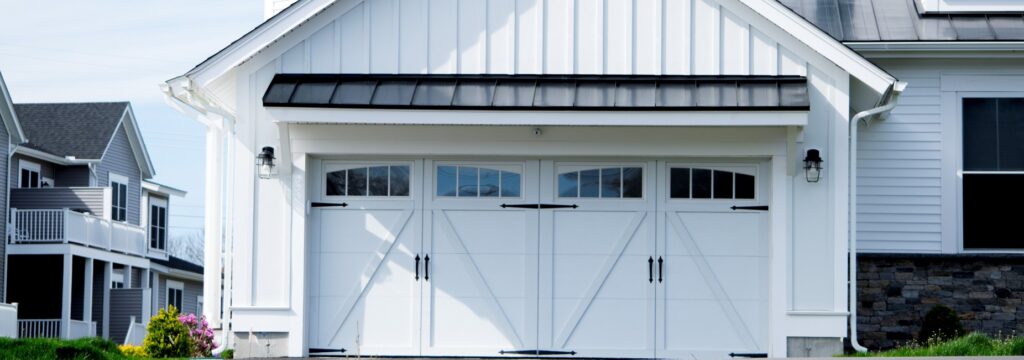Installing decorative Garage Door Repair Miami FL is a great way to enhance the curb appeal of your home and give your garage door a stylish and custom look.

Decorative hardware, such as handles, hinges, and faux strap hinges, can add character and charm to your garage door. Follow these step-by-step instructions for a successful installation:
: Gather Tools and Materials
Before you begin, gather all the necessary tools and materials for the installation. You’ll need a power drill, screwdrivers, pliers, a level, a measuring tape, and the decorative garage door hardware kit, which typically includes screws and other necessary items.
: Choose the Right Hardware
Select the decorative hardware that complements the style of your garage door and your home. Consider the design, finish, and size of the hardware to ensure it enhances the overall aesthetics.
: Measure and Mark
Use a measuring tape to determine the desired placement of the decorative hardware on your garage door. Mark the locations for handles, hinges, and strap hinges using a pencil.
: Position the Hardware
Position the decorative hardware in the marked locations to ensure that it aligns with your design preferences. Use a level to make sure the hardware is straight and evenly spaced.
: Mark Screw Holes
Once the hardware is positioned correctly, use a pencil to mark the locations of the screw holes. This will guide you when drilling holes for the screws.
: Drill Pilot Holes
Using a power drill with the appropriate drill bit size, drill pilot holes at the marked locations. Make sure the pilot holes are slightly smaller than the screws to ensure a secure fit.
: Attach Handles
If your decorative hardware includes handles, align them with the drilled pilot holes and secure them using the provided screws. Use a screwdriver or power drill to tighten the screws.
: Attach Hinges
Align the hinges with the drilled pilot holes for their respective positions on the garage door. Secure them using the provided screws. Ensure that the hinges are straight and properly positioned.
: Attach Strap Hinges (If Applicable)
If your decorative hardware includes faux strap hinges, align them with the drilled pilot holes and secure them using the provided screws. Faux strap hinges are often used for decorative purposes and don’t have a functional role in the door’s operation.
: Check Alignment
After attaching the decorative hardware, step back and check the overall alignment and appearance. Ensure that all handles, hinges, and strap hinges are straight, evenly spaced, and aligned with each other.
: Repeat for Each Section
If your garage door has multiple sections, repeat the process for each section to ensure a consistent and balanced look. Pay attention to the spacing and alignment of the hardware across all sections.
: Final Inspection
Perform a final inspection of the installed decorative garage door hardware. Check for any loose screws, misalignment, or issues with the overall appearance. Make any necessary adjustments to ensure a polished and cohesive look.
: Maintenance (Optional)
Consider applying a protective coating or sealant to the decorative hardware to prevent corrosion and maintain its appearance over time. Follow the manufacturer’s recommendations for any specific maintenance requirements.
By following these detailed steps, you can successfully install decorative Garage Door Repair Miami FL and enhance the visual appeal of your garage door. Always refer to the specific instructions provided in the hardware kit and exercise caution when working with tools. If you encounter difficulties or have concerns, seek professional assistance for the installation.
All American Doors
8155 NW 93rd St, Medley, FL 33166, United States
1-305-885-8088








